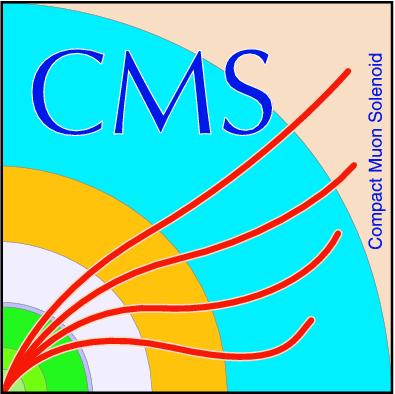
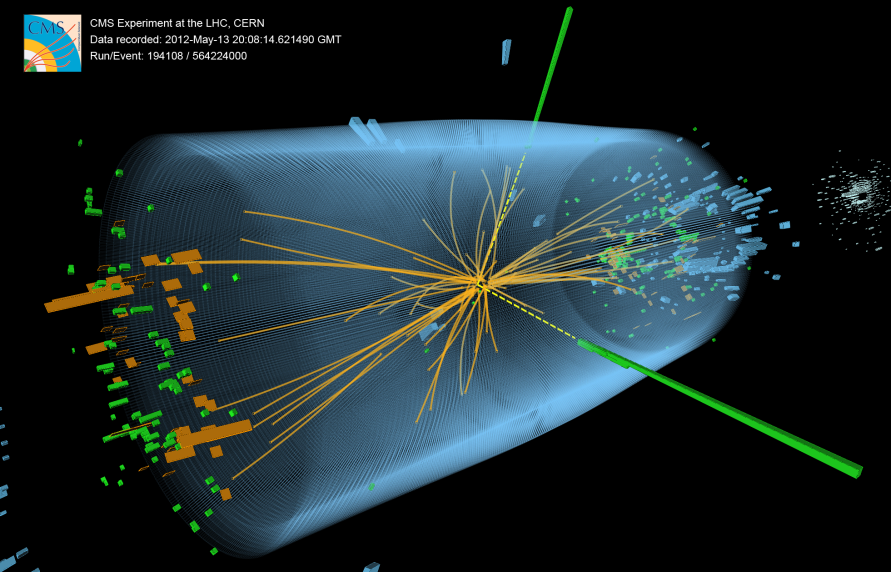
Compact Muon Solenoid
LHC, CERN
| CMS-PAS-SUS-23-015 | ||
| Search for hadronic R-parity violating decays of electroweak superpartners using jet scaling patterns in multilepton events at √s= 13 TeV | ||
| CMS Collaboration | ||
| 29 March 2024 | ||
| Abstract: The first search for pair production of electroweak chargino-neutralino superpartners with cascade decay emission of leptonically decaying W and Z bosons, along with prompt decay of the lightest neutralino superpartner to three strongly interacting particles through hadronic R-parity violating interactions is presented. The search employs a comparison of jet multiplicity distributions in one, two, and four lepton events to calibrate and probe for supersymmetric production of events with three leptons in association with multiple jets in a data sample of 138 fb−1 of 13 TeV proton-proton collisions recorded by the CMS detector at the LHC. Constraints at 95% confidence level are placed on the wino-like chargino-neutralino and bino-like lightest neutralino superpartners with masses in the range of 125-600 GeV and 25-500 GeV, respectively. Such scenarios are excluded for bino-like lightest neutralino masses up to 275 GeV assuming decays to three light quarks, and up to 180 GeV where decays include a bottom quark. | ||
|
Links:
CDS record (PDF) ;
CADI line (restricted) ;
These preliminary results are superseded in this paper, Submitted to PRL. The superseded preliminary plots can be found here. |
||

|
Compact Muon Solenoid LHC, CERN |
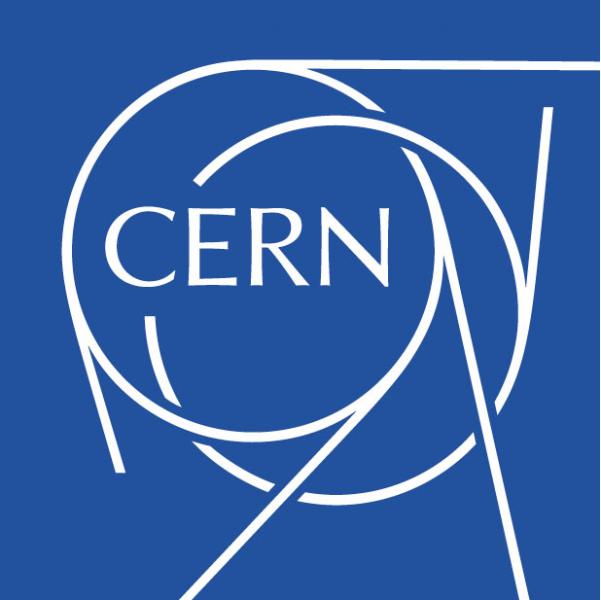
|
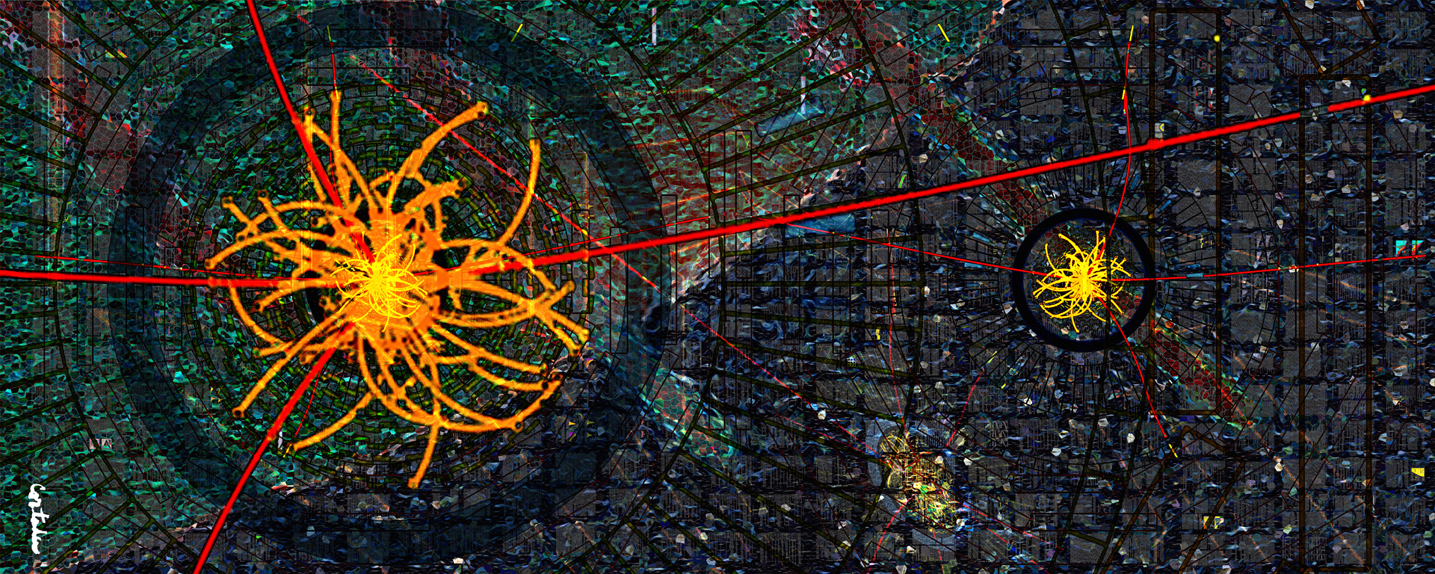
|
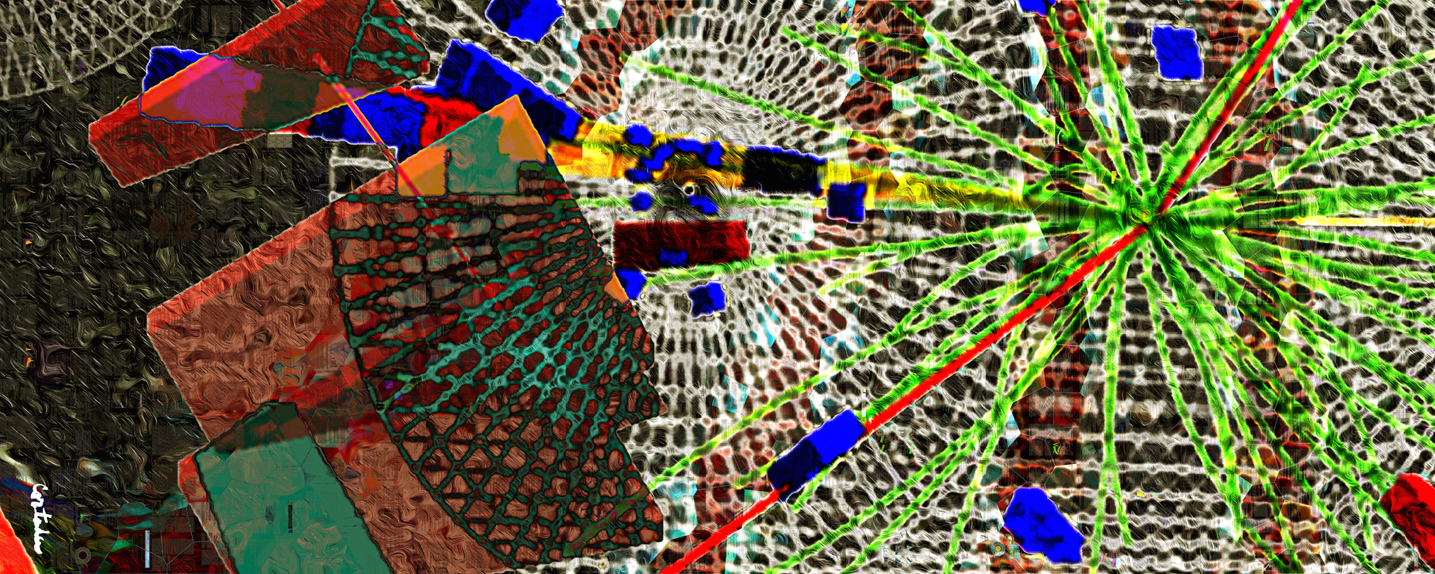
|
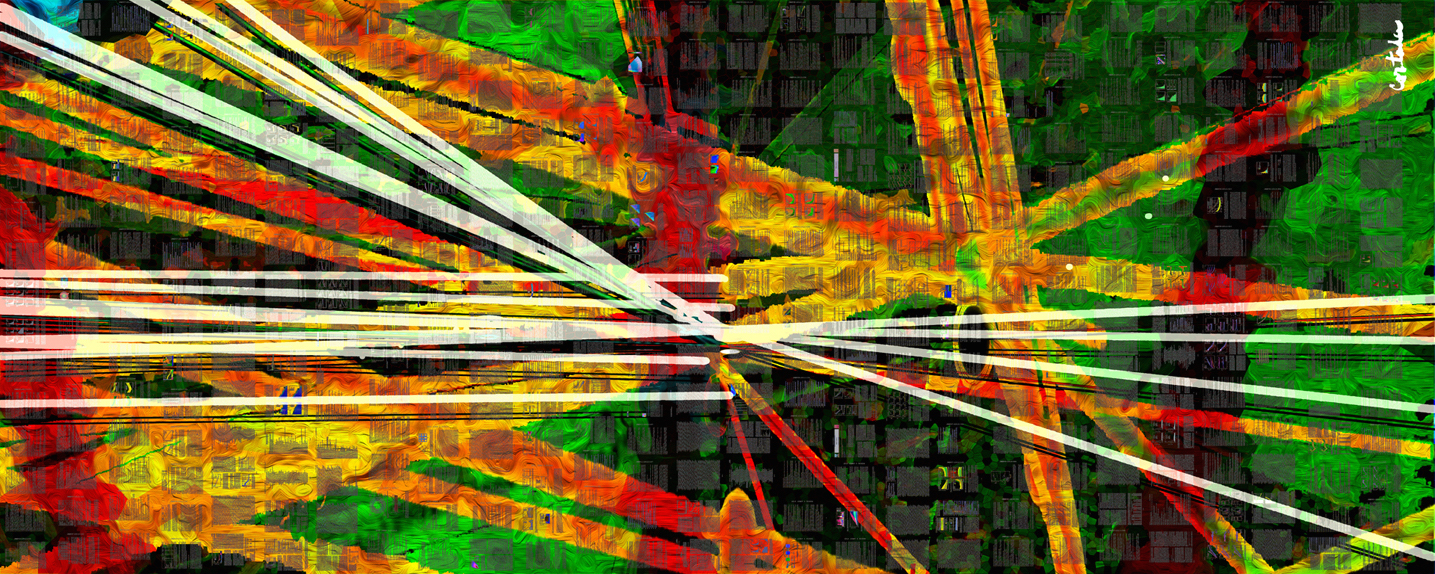
|
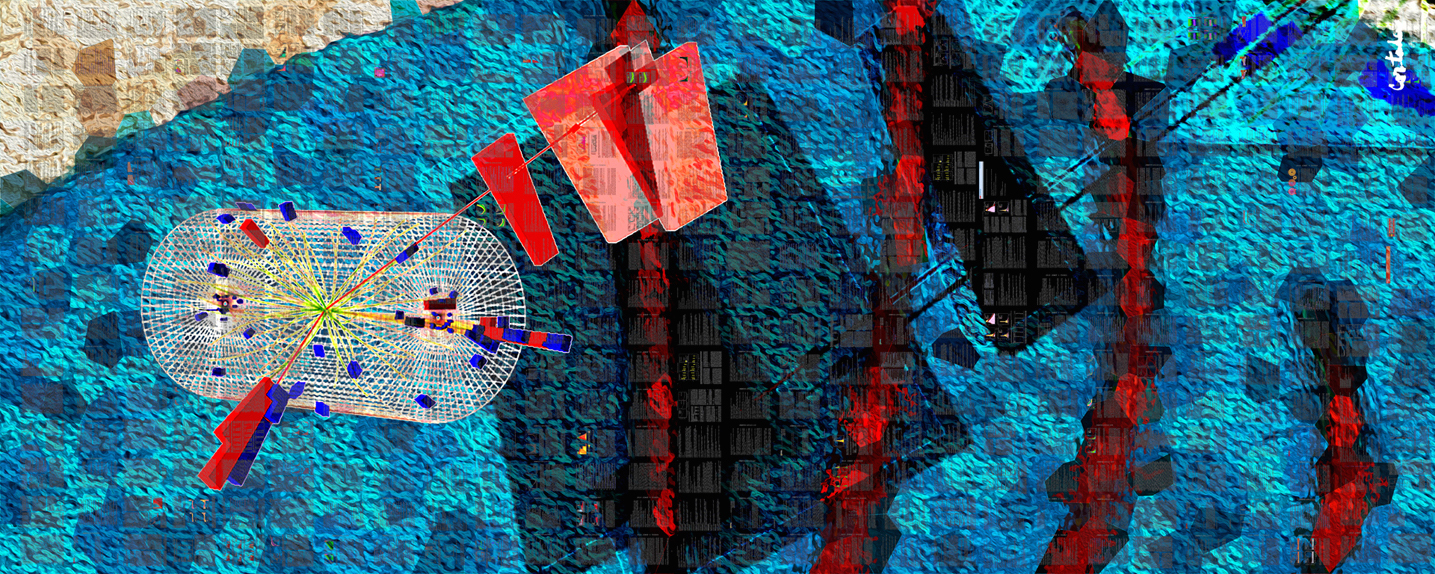
|
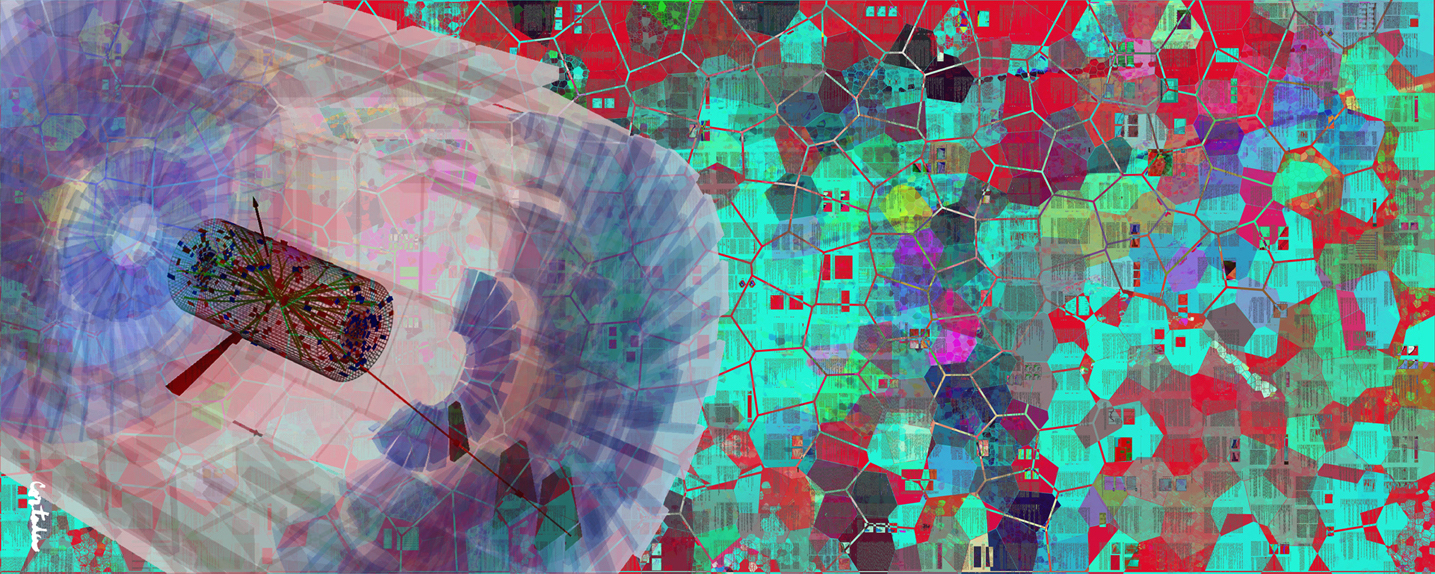
|